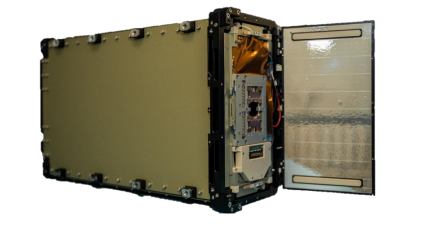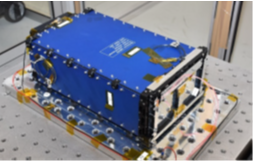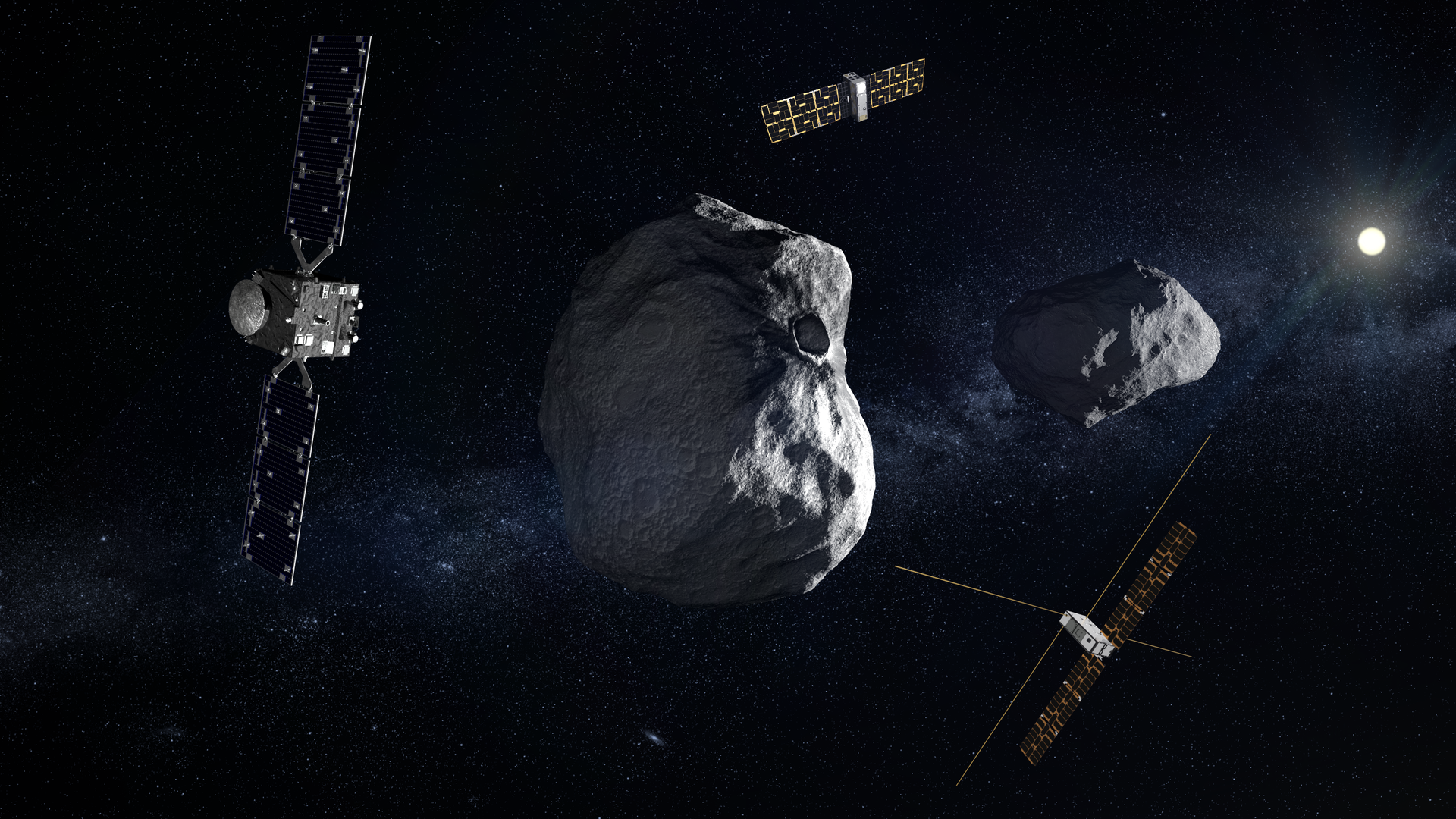CubeSats deployer flight model now integrated to Hera
For the first time in Europe two CubeSats will venture deep into the Solar System carried onboard Hera. But current deployers used to release cubesats from their mothercraft are unsuitable for the peculiar environment of deep space. A new activity from GSTP and ISIS Space, in the Netherlands, has developed a new deployer to accomplish exactly this.
Hera will demonstrate several new technologies such as visual-based asteroid close-proximity navigation and control, inter-satellite communication and a novel even more precise delta-DOR interplanetary radio-tracking and navigation technique – all of which pave the way for future interplanetary missions. Among the many innovative, technology demonstration aspects of this mission, the use of CubeSats in deep space marks a significant leap forward in space technology.

"This presents a significant departure from the typical environment CubeSats encounter in low Earth orbit (LEO)," explained Paolo Martino, the Technical Officer managing the activity. “The journey to deep space introduces unprecedented challenges, primarily due to an extended operational timeline. Unlike their conventional deployment in LEO, these CubeSats will undergo a journey spanning more than two years between launch to the commencement of their operations—a scenario seldom encountered by these miniature satellites.”
Martino highlighted the technical obstacles posed by Hera's prolonged journey. "During the long cruise, the CubeSats will need regular check-ups as their batteries, charged at launch, will gradually lose their charge over the two-year duration. As a result, these satellites may start their operations at half the charge, which is less than ideal."
As part of the development of the mission, GSTP has funded the development of a CubeSat deployer suitable for deep space missions.
Martino emphasised the critical role of the deployer, serving as a conduit between the Hera spacecraft and the hosted CubeSats. "It’s an umbilical connection, a set of cables linking Hera with the CubeSats, which facilitates regular charging while the CubeSats remain dormant."
Furthermore, Martino elaborated on the novel adaptations required for deep space missions. Traditional CubeSat deployers use strong springs that eject CubeSats at high speeds, which would be unsuitable for the extremely low gravity environments around asteroids, instead kicking the CubeSat far away into space.
"Our development focuses on a low-speed release mechanism, enabling precise deployment at approximately two to three centimetres per second. This facilitates greater control and accuracy, essential for missions in such unique environments."
The activity has adopted an intricate two-stage mechanism for deployment. Initially, a traditional spring pulls the CubeSat out of the deployer, leaving it suspended. Subsequently, after necessary check ups of the CubeSats systems, a more delicate mechanism allows controlled release ensuring a slow mission commencement.

The culmination of these innovations led to the creation of the Deep Space Deployer, a crucial component integrated into the Hera spacecraft. This deployer ensures the safe deployment of CubeSats at a low velocity close to the asteroid system. Enabling the CubeSat to be released in a controlled way and for it to be powered up and diagnostics to be run before it is sent to complete its mission.
If successful, CubeSats will enable entirely new categories of deep space missions, from burgeoning commercial ventures aimed at exploring beyond the moon to missions around small bodies, targeting asteroids for commercialisation, it is a step forward in space exploration.
Martino highlighted the successful qualification of the Deep Space Deployer, which has been manufactured and flight models already integrated to the Hera mission.
The Deep Space Deployer has been developed by ISISPACE, you can read more about the companies working on developing the Hera mission here.


